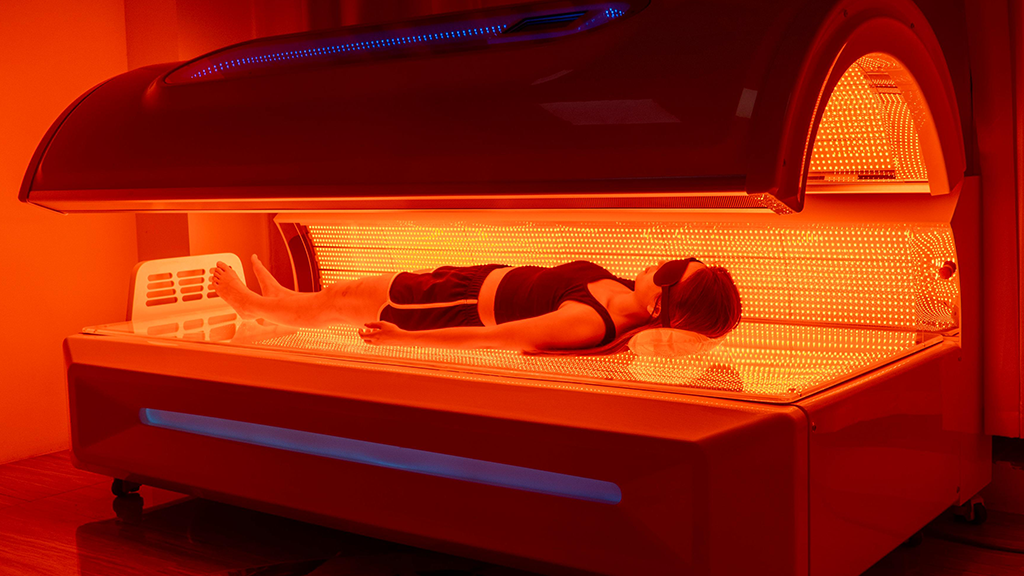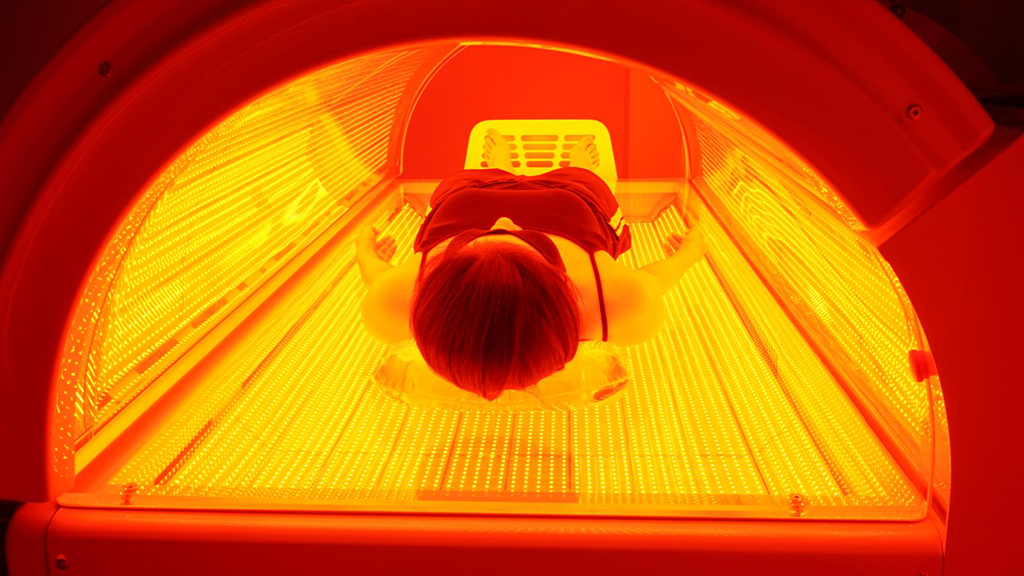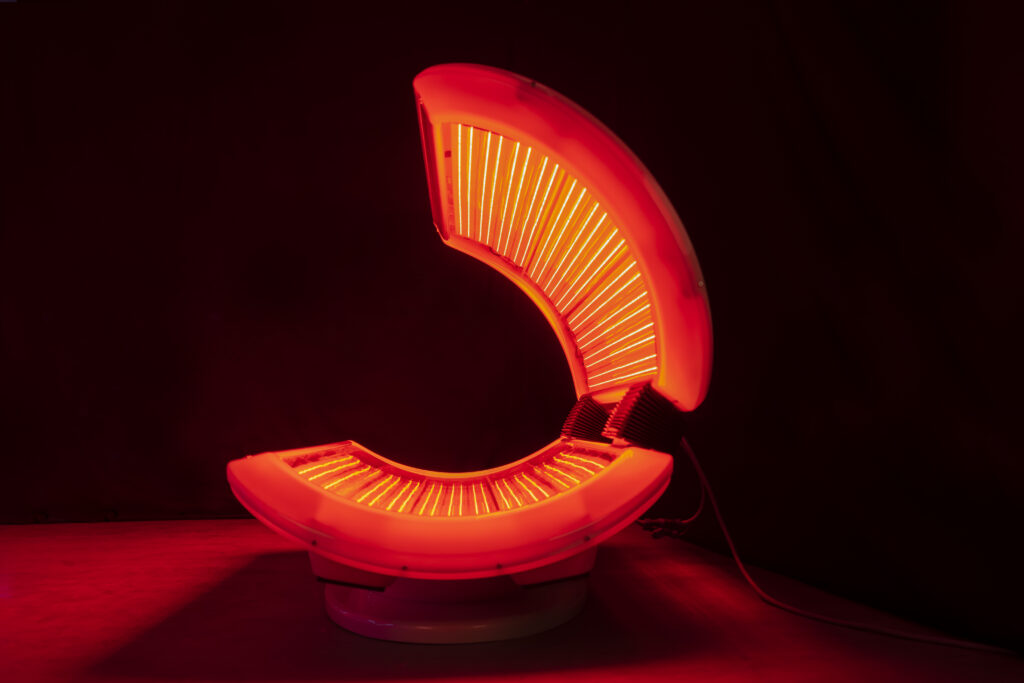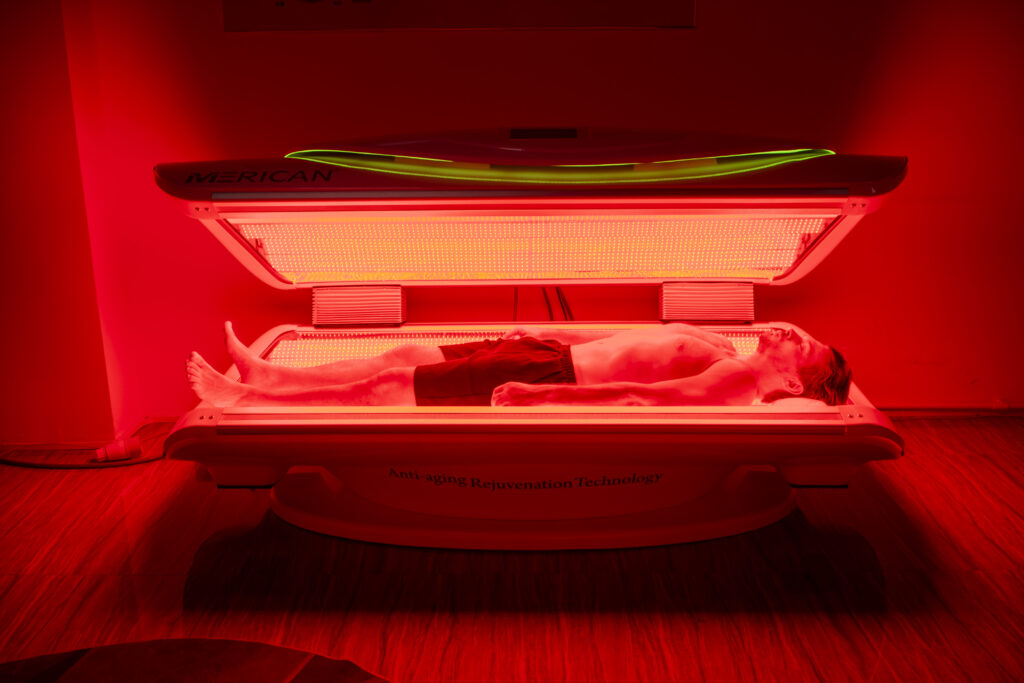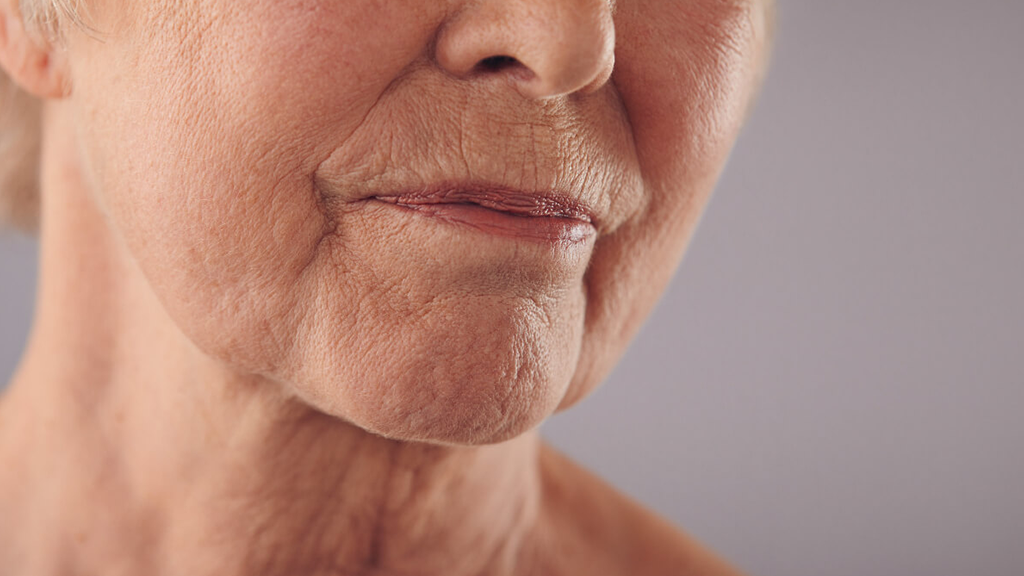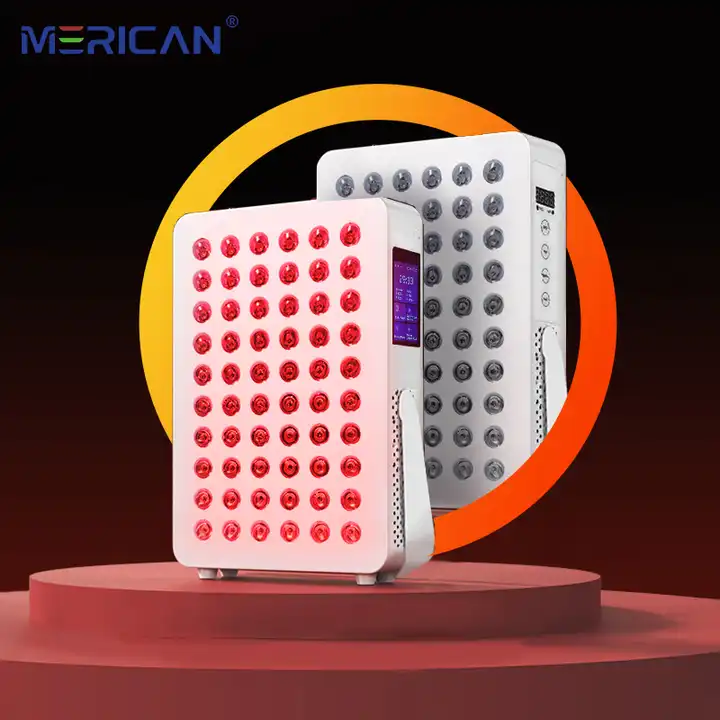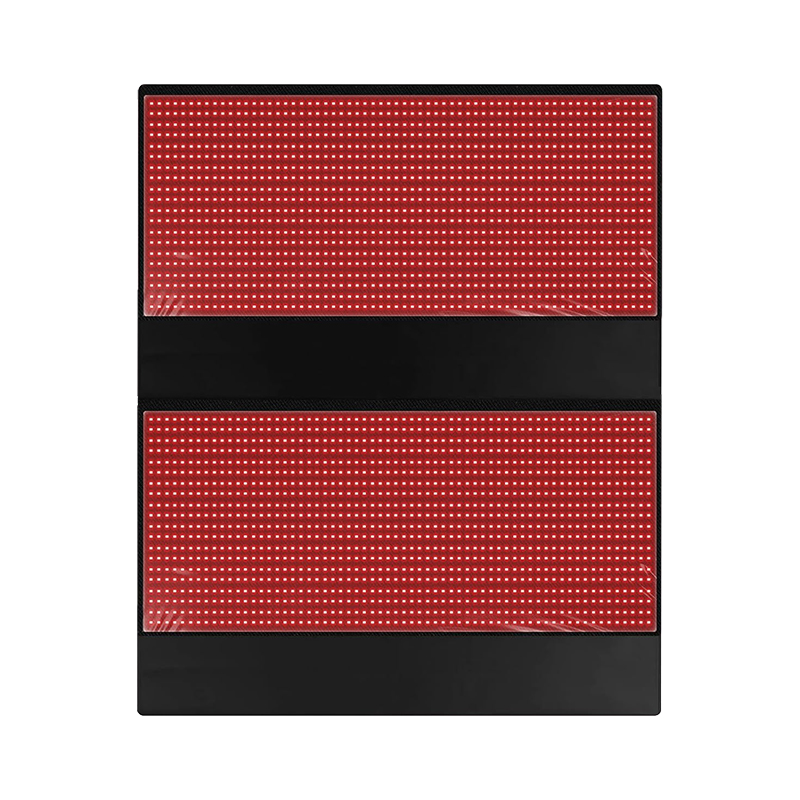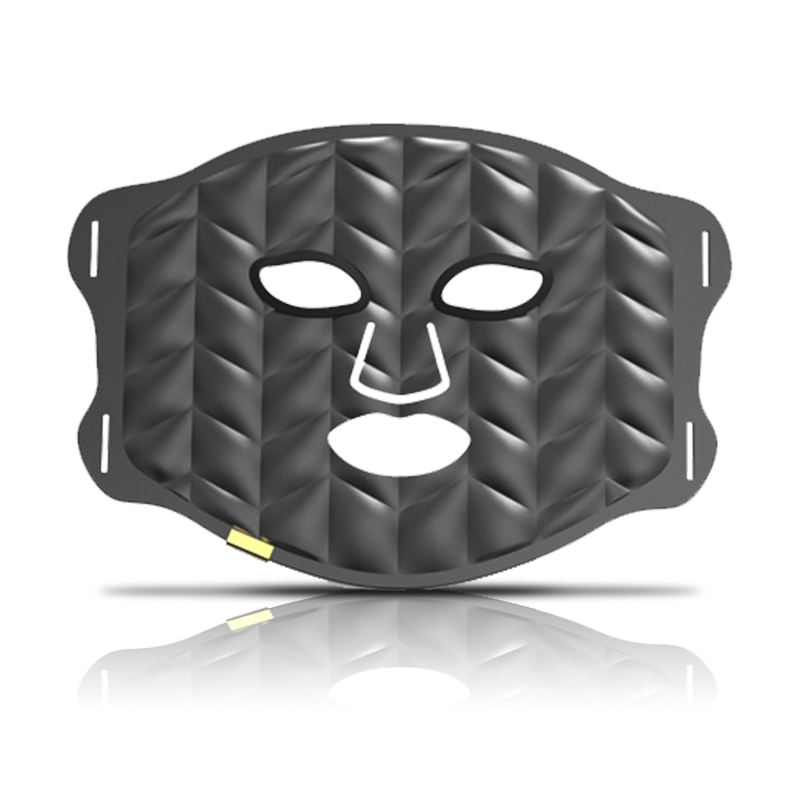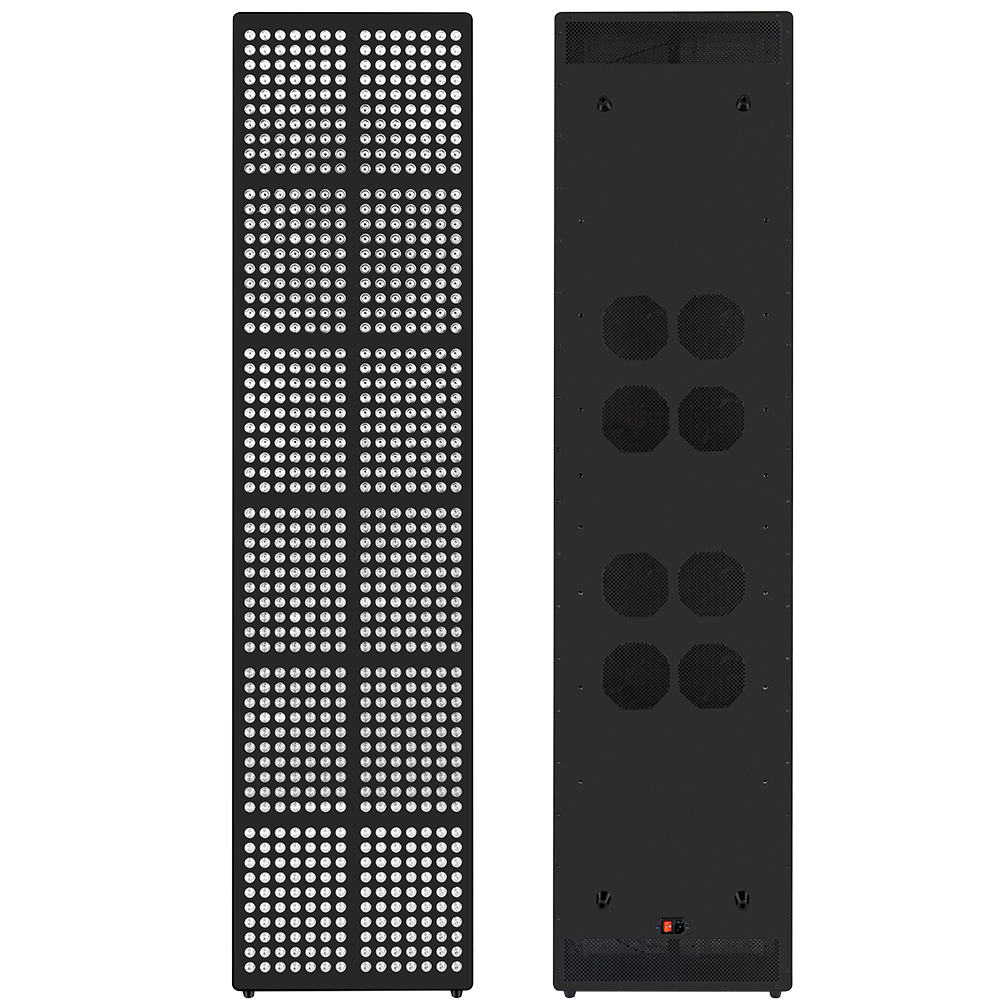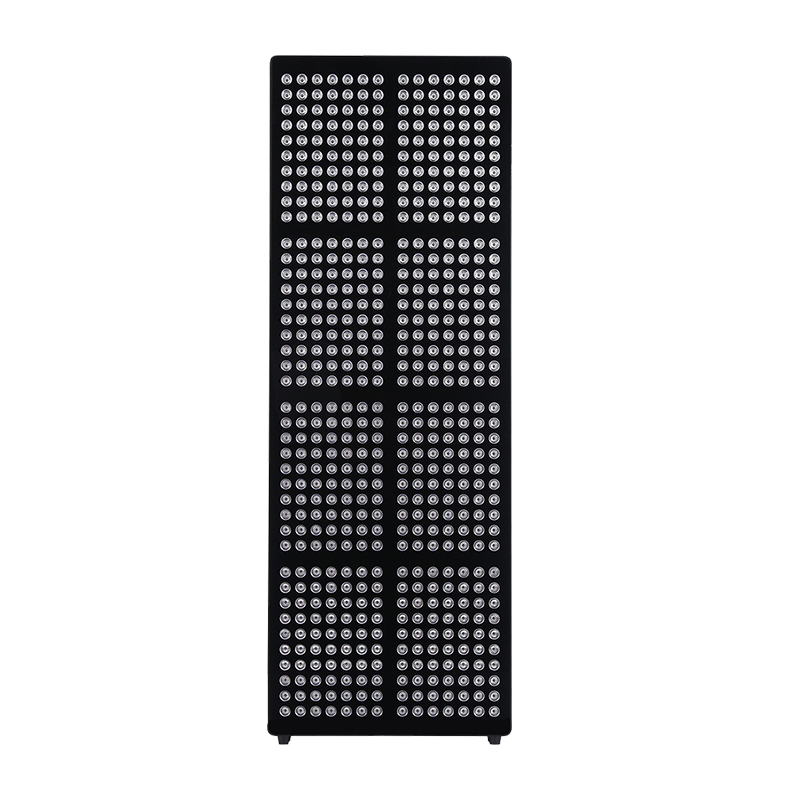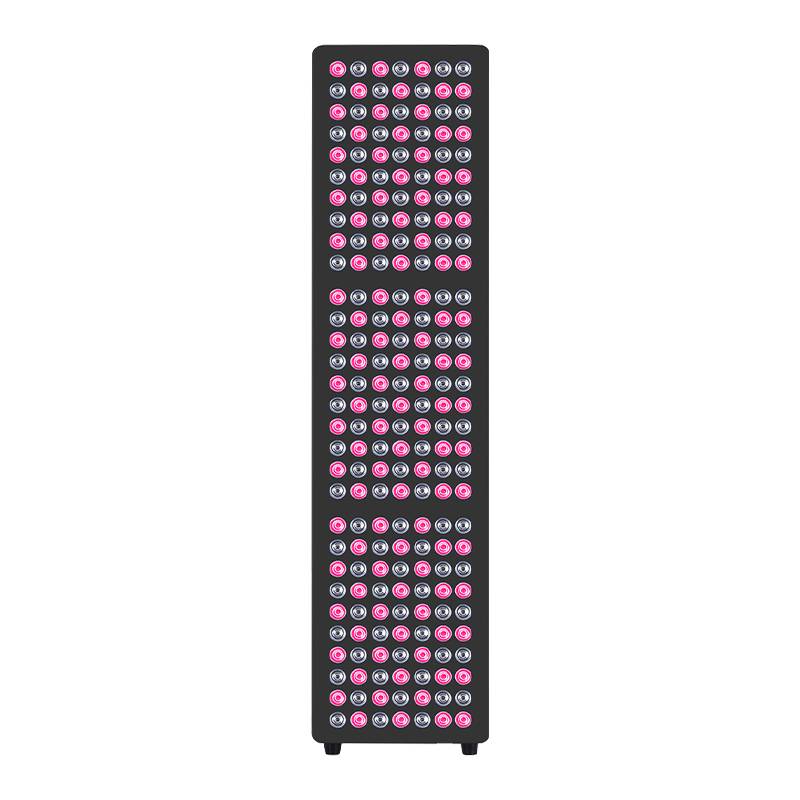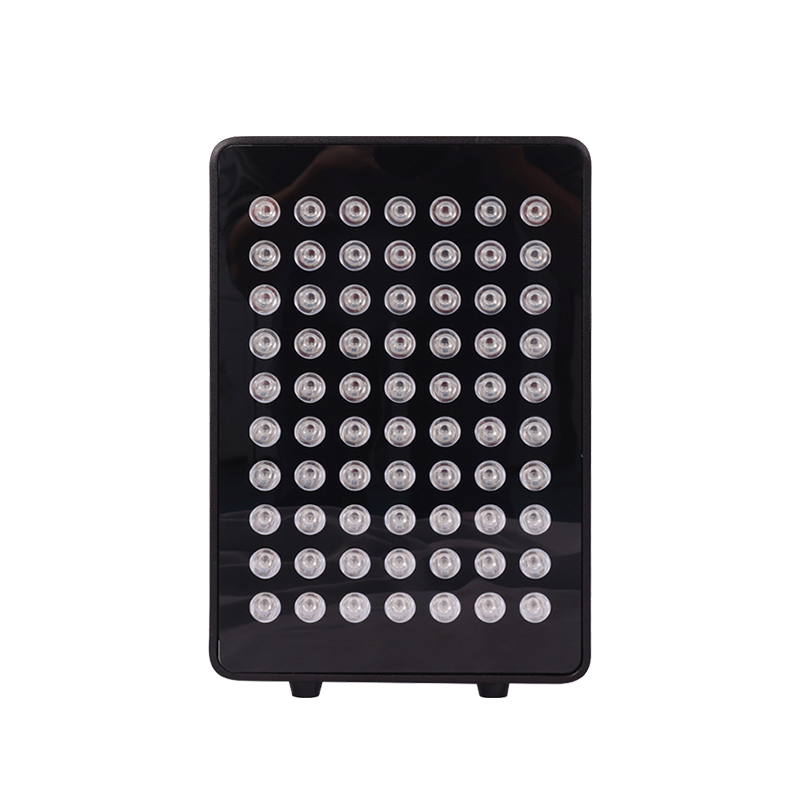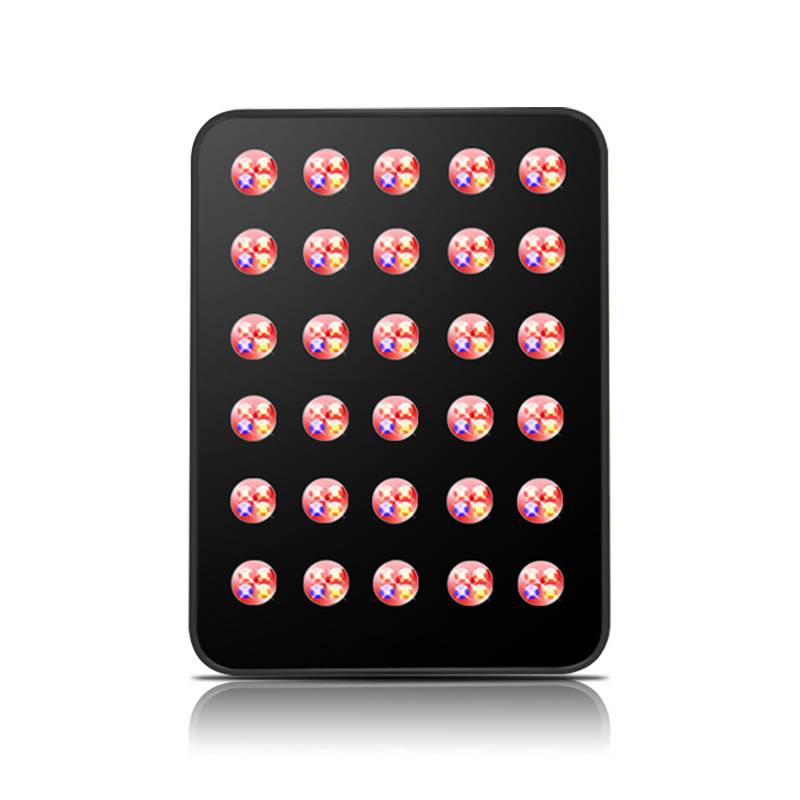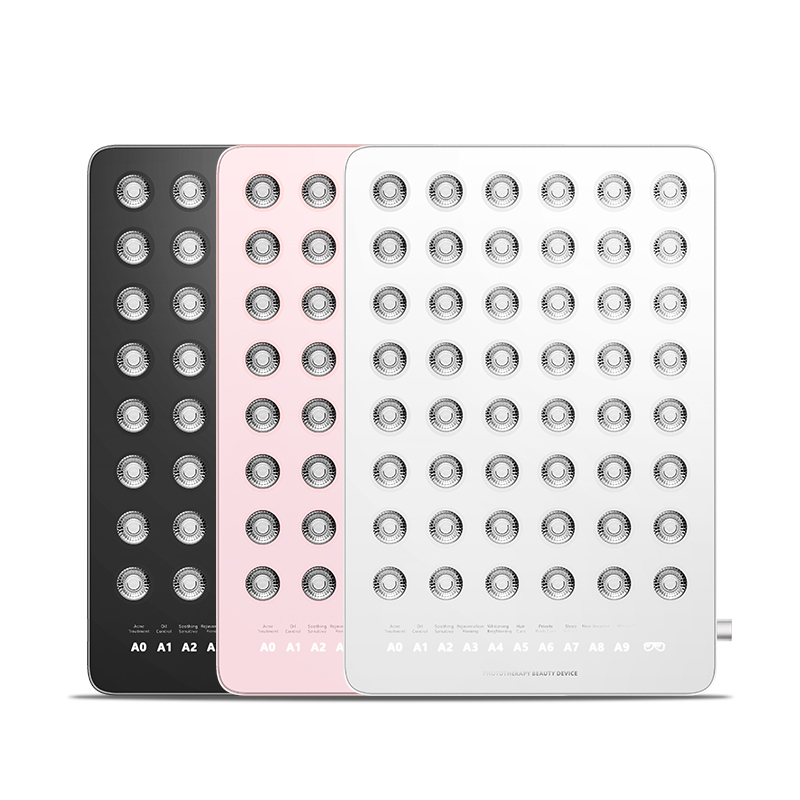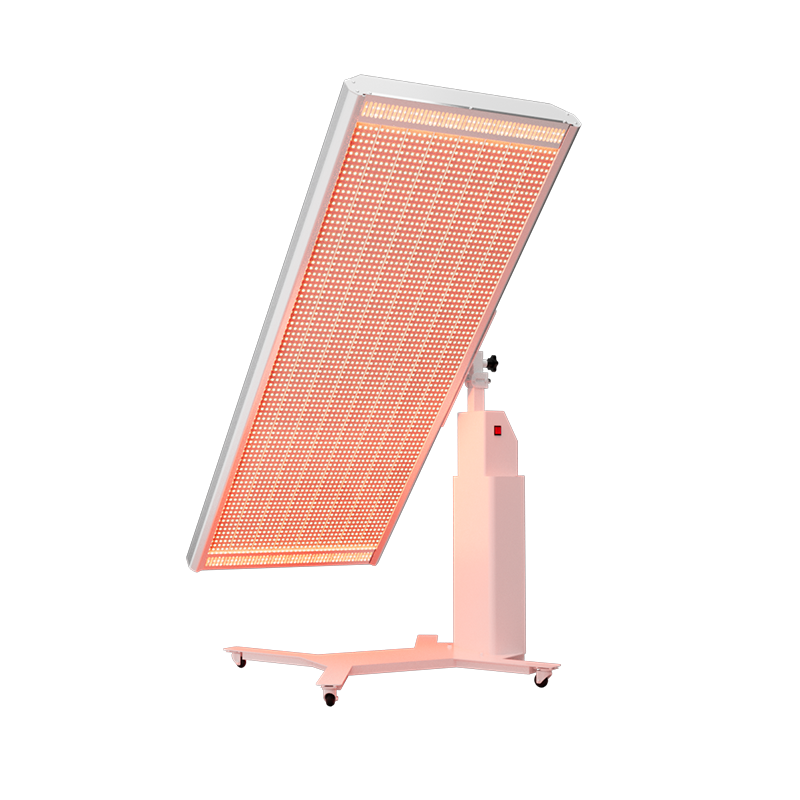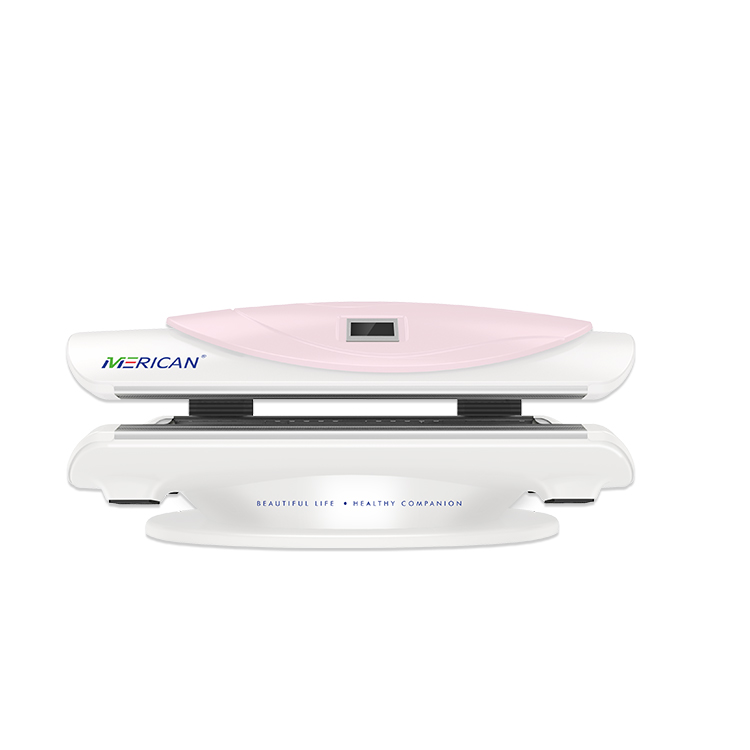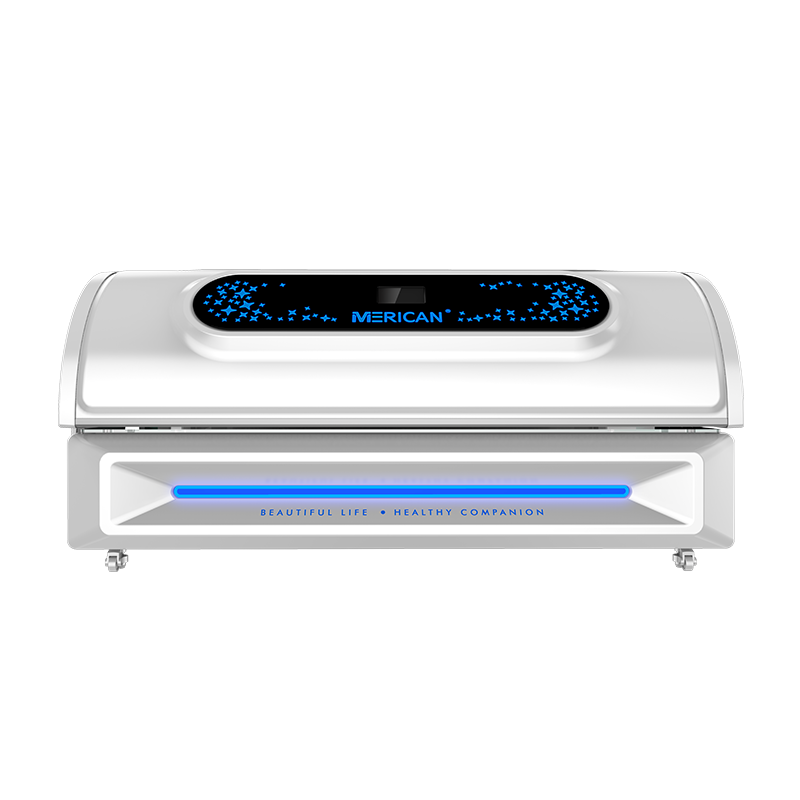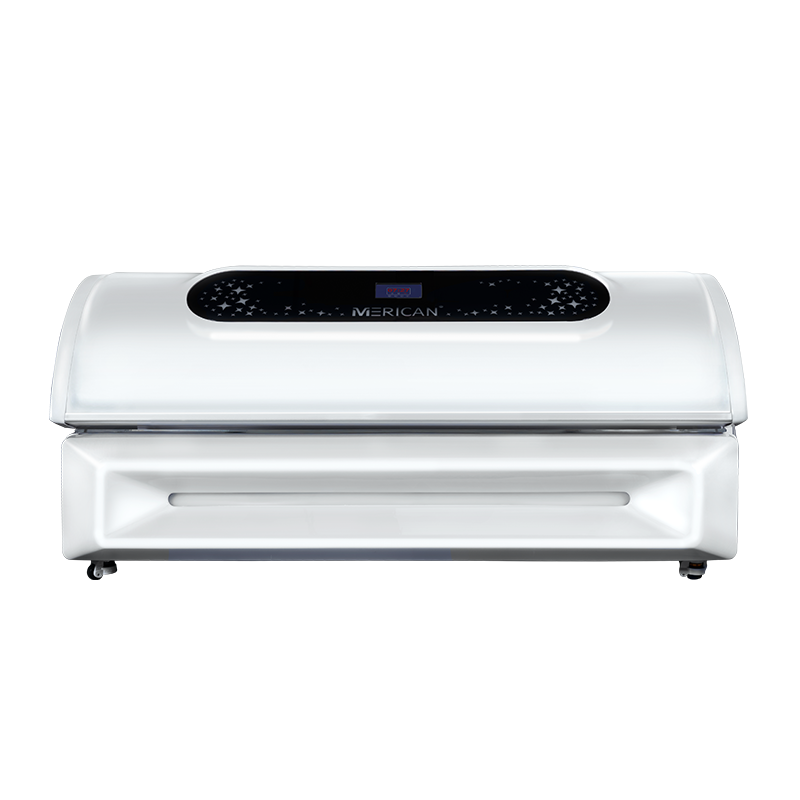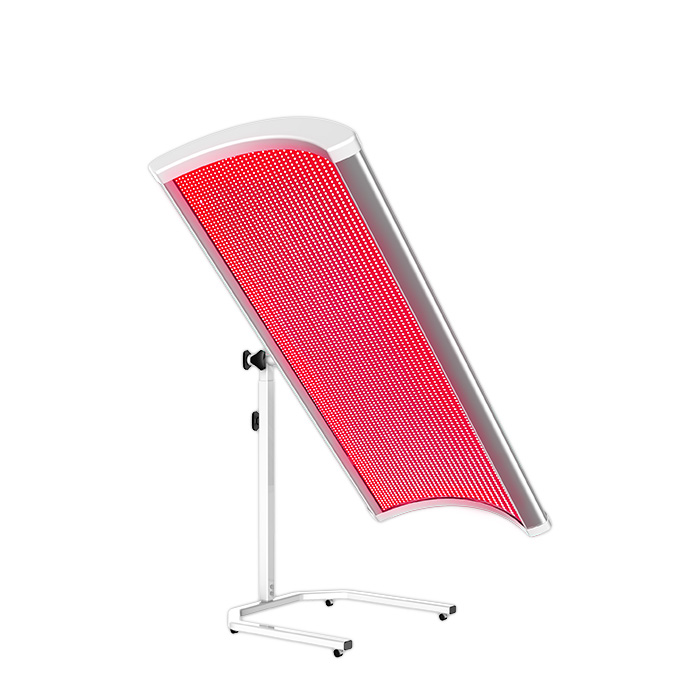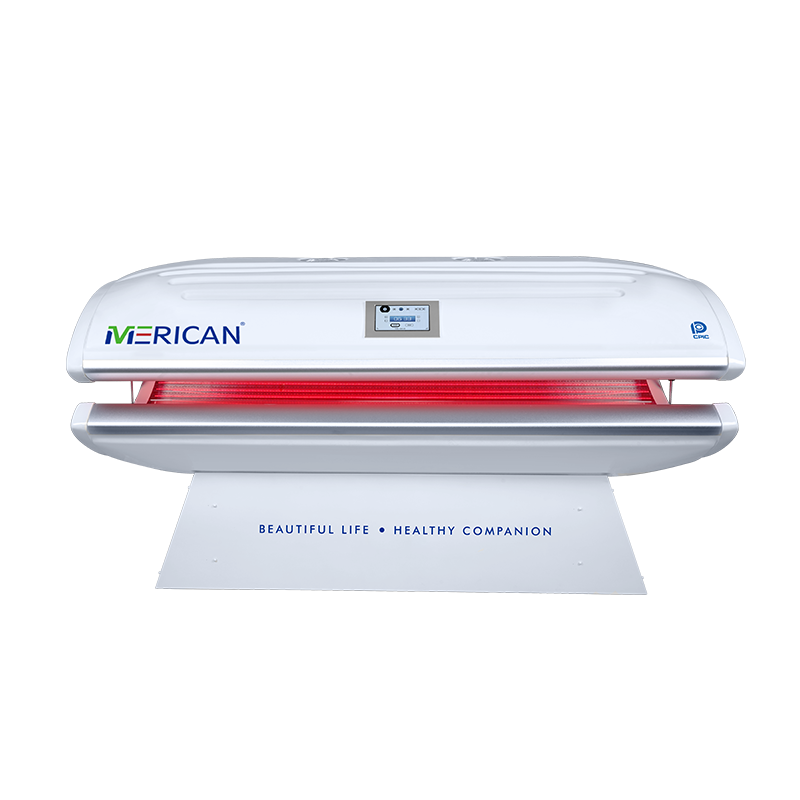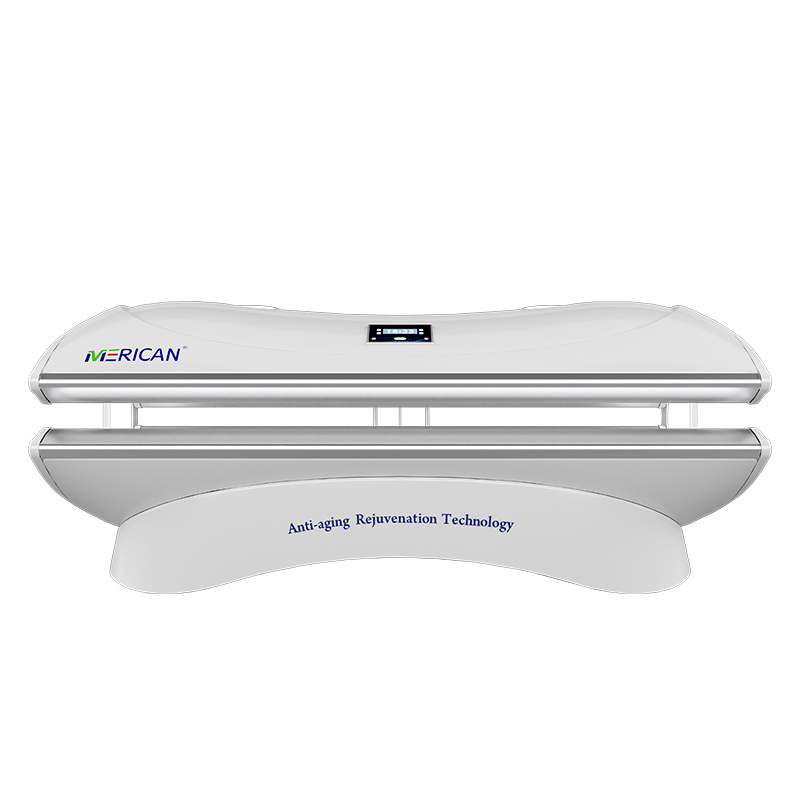Thérapie par la lumière rouge (RLT) est devenu un outil populaire pour réduire l’inflammation, soutenir la guérison, et améliorer la santé de la peau. Mais pour celles qui sont actuellement aux prises avec un cancer du sein – ou qui en ont des antécédents – la question se pose.: Est-ce sécuritaire?
Qu'est-ce que la thérapie rouge?
La thérapie par la lumière rouge utilise des longueurs d'onde spécifiques de rouge (Généralement 630–660 nm) et lumière proche infrarouge (800–850 nm) stimuler production d'énergie cellulaire (ATP), réduire stress oxydatif, et favoriser la réparation des tissus. Il est largement utilisé dans les soins de la peau, gestion de la douleur, et récupération post-opératoire.
Préoccupations concernant le cancer et la stimulation lumineuse
La principale préoccupation est que la thérapie par la lumière rouge stimule l'activité cellulaire — et dans le contexte du cancer, en particulier types sensibles aux hormones comme certaines formes de cancer du sein, cela incite à la prudence. Bien que RLT n’utilise pas de rayons UV nocifs et soit non ionisant, sa capacité à stimuler la fonction cellulaire fait que de nombreux oncologues recommande d'éviter l'application directe sur des tumeurs connues ou suspectées.
Que dit la recherche?
- Il n’existe aucune preuve solide que la thérapie par la lumière rouge provoque le cancer.
- Quelques études animales et en laboratoire montrer une lumière rouge peut soutenir la fonction immunitaire ou réduire les effets secondaires du traitement.
- Cependant, recherche clinique humaine sur le RLT chez les patients atteints d'un cancer actif est limité.
Pour survivantes du cancer du sein, la thérapie par la lumière rouge peut aider:
- Guérison des cicatrices après la chirurgie
- Gestion du lymphœdème (gonflement dû à l'ablation des ganglions lymphatiques)
- Fatigue et douleurs musculaires causée par la chimiothérapie ou la radiothérapie
Mais toujours sous surveillance médicale.
Consignes de sécurité
- N'appliquez pas de lumière rouge directement sur une tumeur ou un sein affecté. sans l'accord du médecin
- Évitez le RLT si vous suivez traitement actif du cancer, à moins d'être supervisé
- Les survivantes du cancer du sein peuvent envisager le RLT pour zones non cancéreuses (Par exemple, affronter, articulations, cicatrices), mais je devrais quand même consulter leur oncologue
Réflexions finales
La thérapie par la lumière rouge est généralement sans danger pour les personnes en bonne santé, mais pour ceux qui ont cancer du sein actuel ou passé, la prudence est de mise. Consultez toujours votre oncologue ou équipe médicale avant d'utiliser la thérapie par la lumière rouge, en particulier sur la poitrine.


